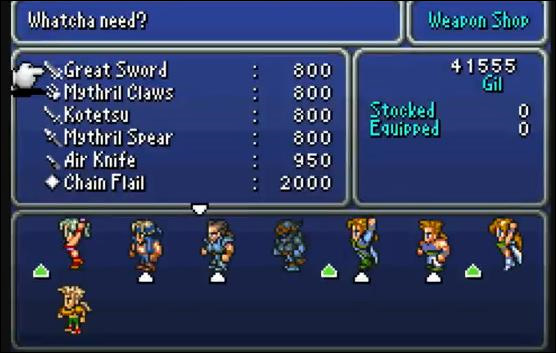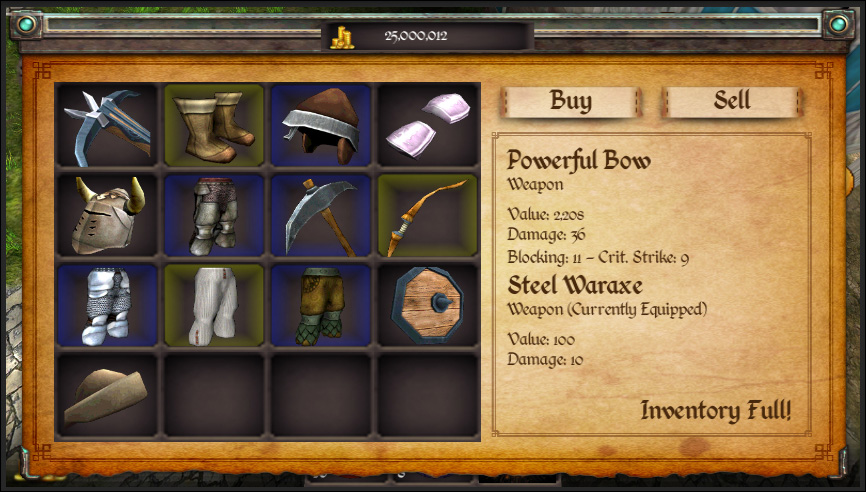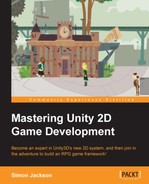Using the items, we are going to design our game. Now we need to start thinking about how the player can be provided with these items. Do they need to be bought from a shop, are they found somewhere, and can they be sold later, or does the player simply throw them away once done with them and move on to the next shiny thing? In some games, the previous item becomes fused with the new one to highlight a progression.
The next thing that should come to mind once you have settled on some sort of shopping system is how the player will access it. In most RPG games, it is the traditional roadside shop or wandering peddler. The player has to travel to a certain location in order to buy items. In the case of some of the rarer items, they have to travel to a specific shop or a mystic sear guarding the item in order to acquire it.
Laying out the shop's design is fairly easy, simply because it is a shop. You don't have to worry about loads or size; it is just a storefront.
Some examples of different shop layouts are as follows:
 |
Final Fantasy has a very basic text layout where each shop or shop owner only stocks a single type of item. |
|
World of Warcraft employs a much more graphically rich but still a very basic system with few categories to choose from. |
 |
 |
Other titles, such as DaggerVale from Concept Softworks, use a simple grid-based approach showing all the wares that a shop stocks. |
The pattern you choose will entirely depend on the style of your game.
Some games, however, take a different approach. They make the storefront available from anywhere in the game, which can be simply accessed through the player's inventory; items can be bought and sold anywhere in such games.
